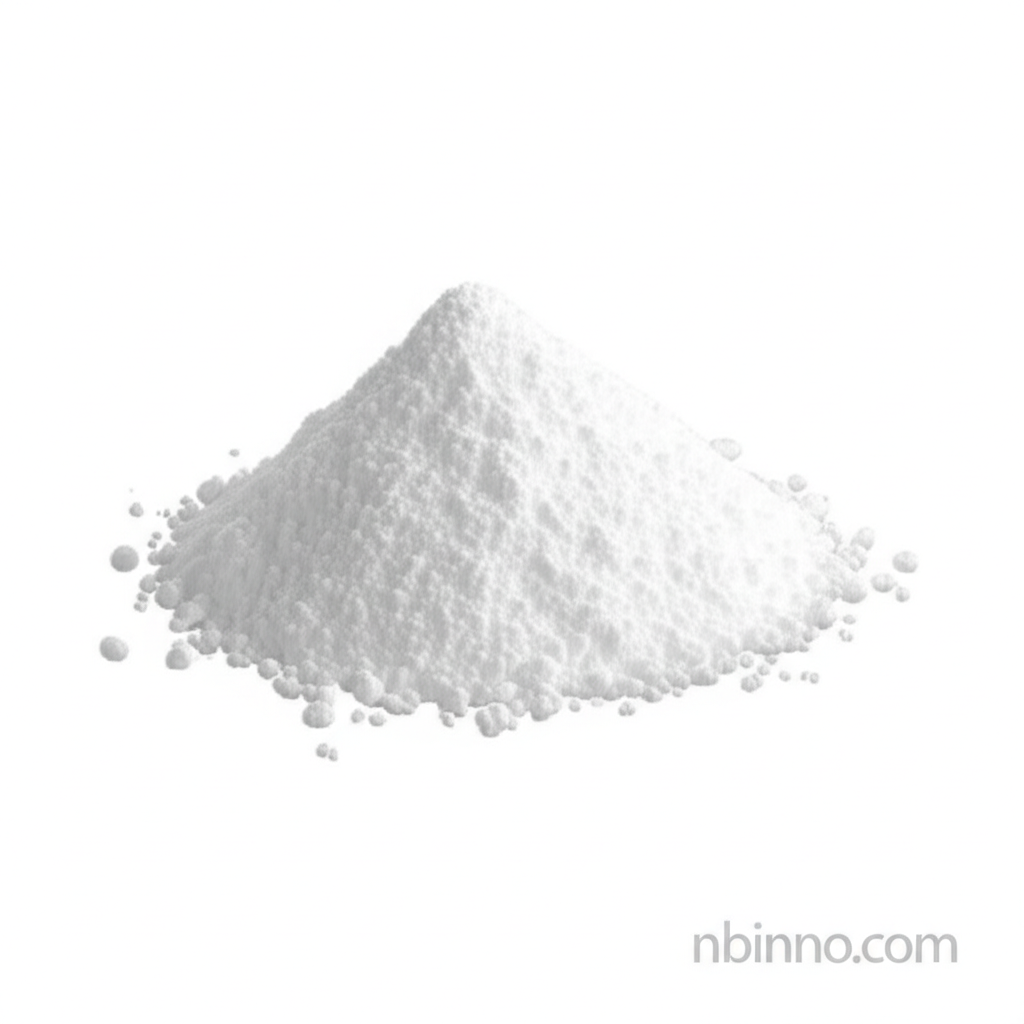Boc-S-3-Amino-3-(4-trifluoromethyl-phenyl)-propionic Acid: Advancing Peptide Synthesis and Pharmaceutical Innovation
A critical amino acid derivative for cutting-edge peptide synthesis and drug discovery, empowering novel therapeutic development.
Get a Quote & SampleProduct Core Value

Boc-S-3-Amino-3-(4-trifluoromethyl-phenyl)-propionic Acid
This protected amino acid derivative is a cornerstone in the synthesis of complex peptides and novel pharmaceutical agents. Its unique structure, featuring a Boc protecting group and a trifluoromethylphenyl moiety, offers enhanced stability, solubility, and lipophilicity, crucial for effective drug delivery and bioavailability. Researchers rely on this compound to build intricate molecular architectures for medicinal chemistry and drug discovery endeavors.
- Leveraging Boc-S-3-Amino-3-(4-trifluoromethyl-phenyl)-propionic acid in peptide synthesis allows for the efficient construction of peptides with specific therapeutic properties.
- The presence of the trifluoromethyl group enhances the compound's lipophilicity, a key factor for improved membrane permeability in drug delivery systems.
- As a vital building block, it is instrumental in the development of novel therapeutic agents, particularly for conditions targeting neurological disorders.
- Researchers can purchase this critical intermediate to explore new pharmacological profiles, advancing the field of medicinal chemistry.
Key Advantages
Enhanced Stability and Solubility
The Boc protecting group significantly improves the stability and solubility of this amino acid derivative, making it easier to handle and incorporate into complex synthesis pathways.
Improved Bioavailability
The trifluoromethyl substituent on the phenyl ring boosts lipophilicity, leading to better membrane permeability and potentially higher bioavailability for derived pharmaceutical compounds.
Versatile Building Block
This compound serves as a versatile building block in medicinal chemistry, enabling the synthesis of a wide range of bioactive molecules and therapeutic agents.
Key Applications
Pharmaceutical Development
This compound is a key intermediate in the synthesis of pharmaceuticals, particularly for drugs targeting neurological disorders, due to its unique structural properties.
Peptide Synthesis
It is extensively used in solid-phase peptide synthesis, facilitating the efficient construction of complex peptides for therapeutic applications.
Biochemical Research
Researchers utilize this compound to study amino acid interactions within proteins, enhancing the understanding of enzyme mechanisms and protein folding processes.
Material Science
Its specific chemical functionalities make it suitable for developing novel materials with tailored properties for applications in coatings and adhesives.
